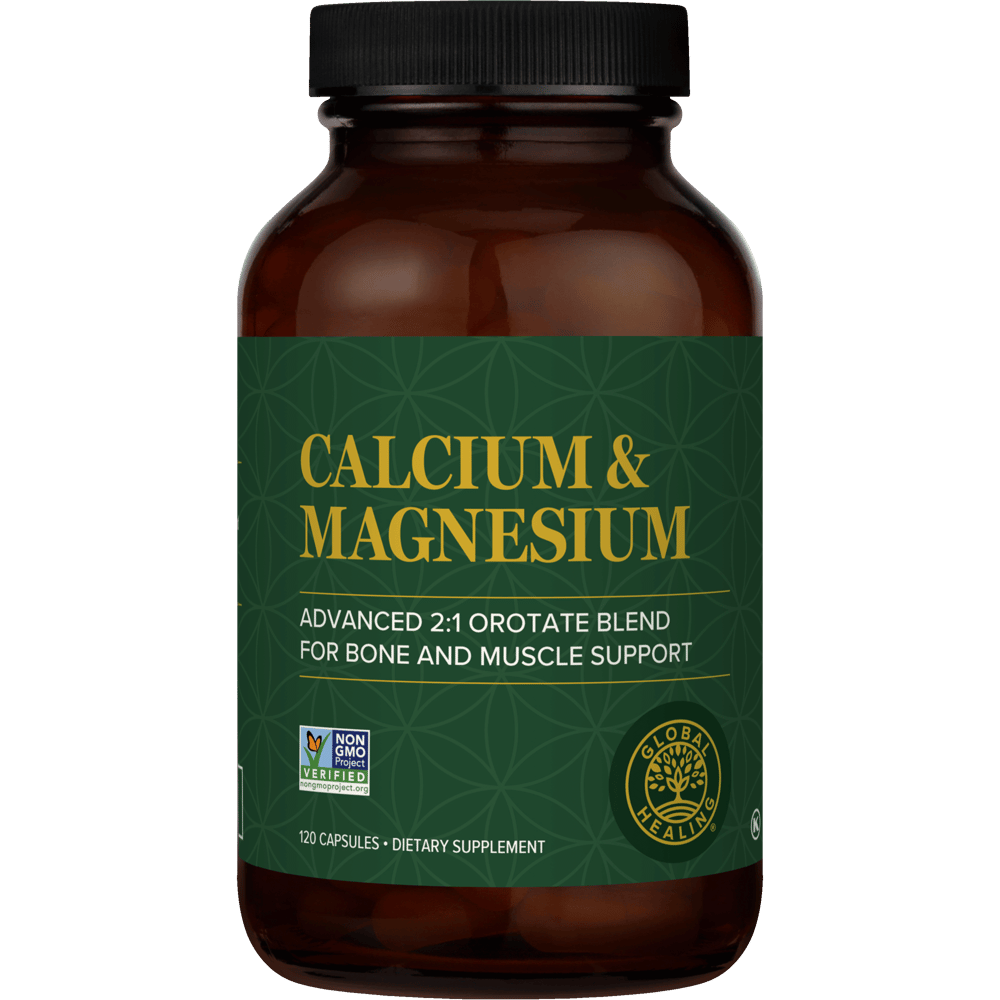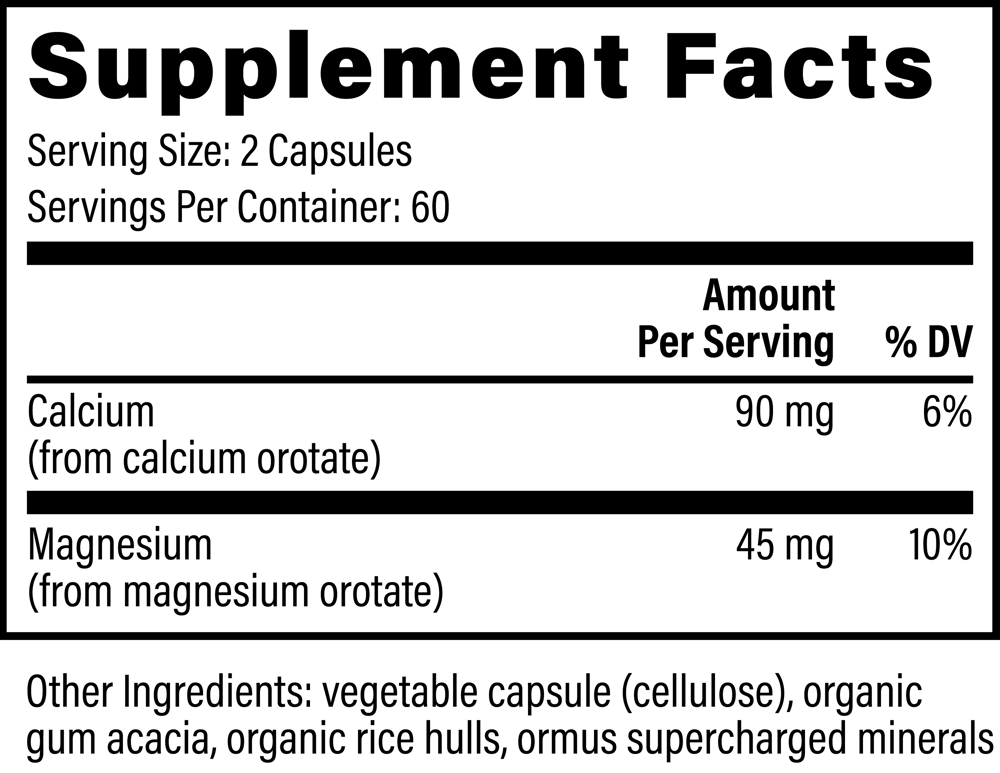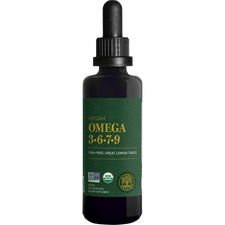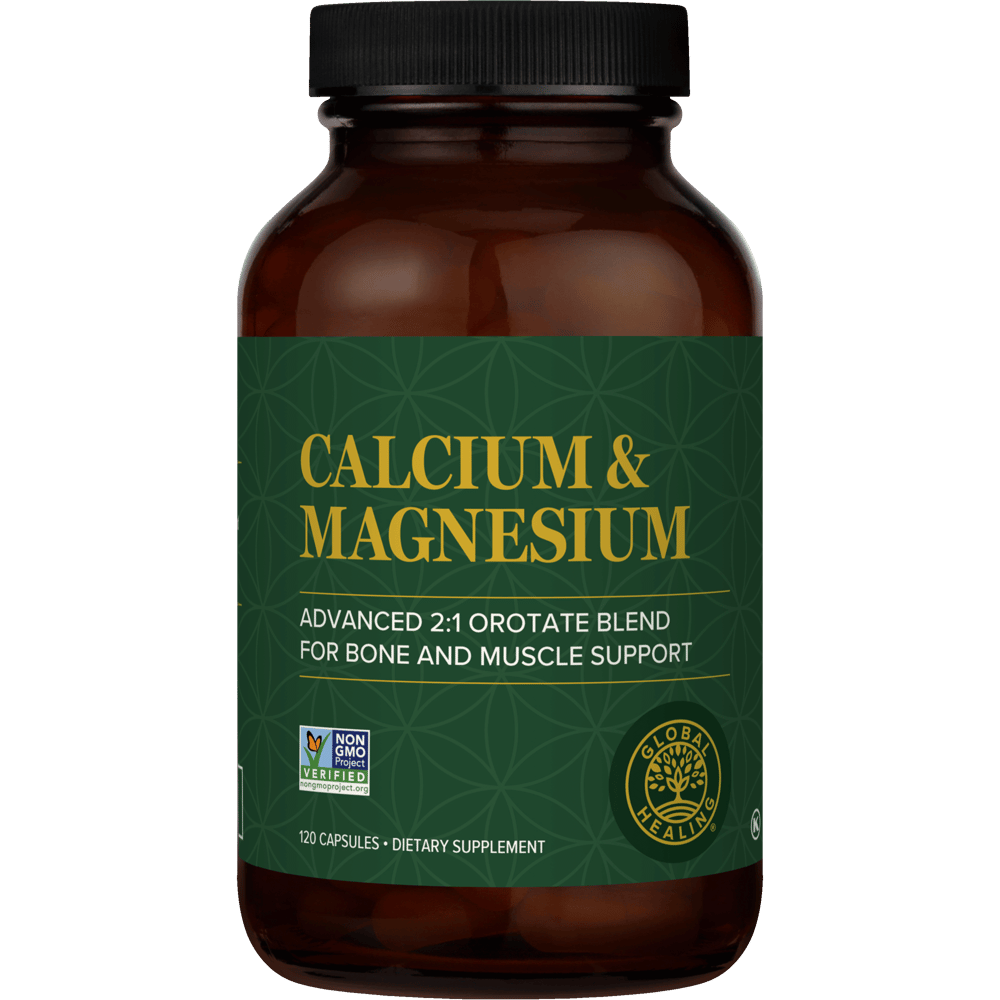
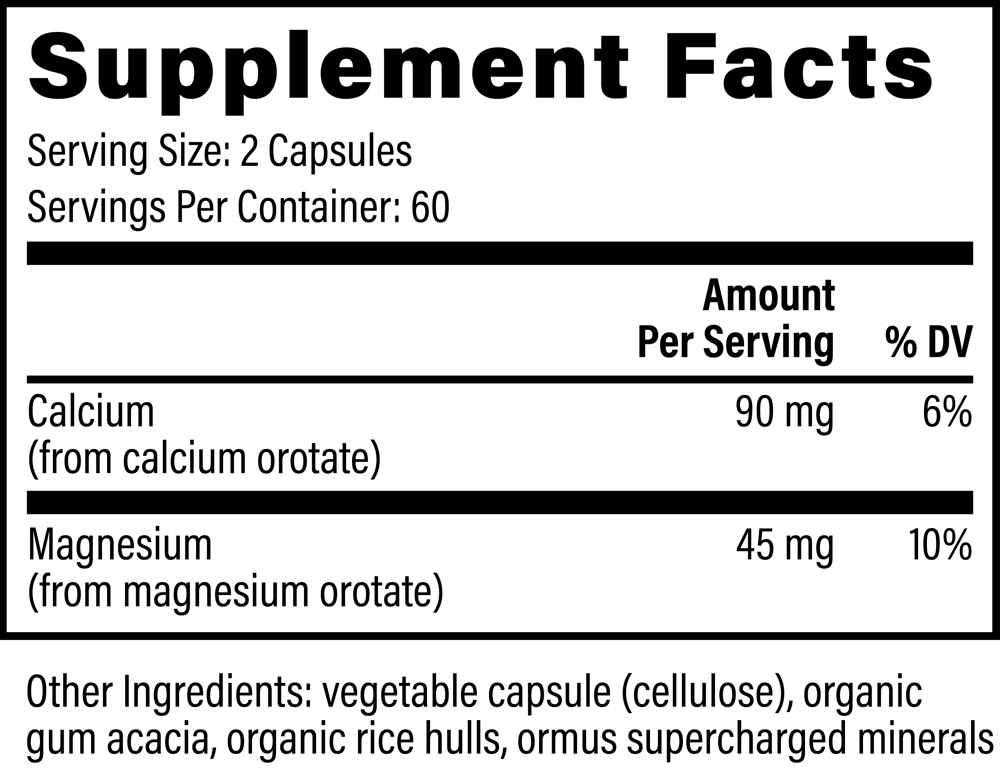
Uniquely Made Advanced 2:1 Methodology
Experience the pinnacle of premium supplementation with our expertly crafted formula designed to maintain optimal calcium balance and regulation throughout your body. Our exclusive supplement boasts a precisely balanced 2:1 ratio of calcium orotate to magnesium orotate, harnessing the power of the most absorbable form of calcium available. Unlike inferior products lacking adequate magnesium-to-calcium ratios or devoid of magnesium altogether, our exceptional offering ensures precise calcium regulation, elevating the standards of excellence in your health journey.


The Benefits How Calcium & Magnesium Leads to a Better You.
Strong Bones & Muscles
Calcium & Magnesium stands out as a premier calcium supplement on the market, providing superior bioavailability and absorption. It combines the power of calcium orotate and magnesium orotate, maximizing their benefits for bone and skeletal health. Calcium, as a vital element of bone structure, imparts strength and durability. Meanwhile, magnesium activates vitamin D for enhanced calcium absorption and contributes to proper muscle function, including contractions and relaxation. Together, calcium and magnesium synergistically uphold the integrity and resilience of bones and muscles, promoting optimal strength, flexibility, and overall musculoskeletal well-being. Additionally, calcium aids in muscle communication, ensuring proper functionality.
Nervous System Support
Calcium and magnesium are indispensable for the optimal functioning of the nervous system. Calcium assumes a crucial role in facilitating nerve impulse transmission and regulating neurotransmitters, enabling seamless communication among nerve cells. Meanwhile, magnesium actively contributes to neurotransmitter activity, upholds cell membrane stability, and aids in maintaining the essential electrical balance required for efficient nerve signaling. The harmonious interplay of these minerals synergistically preserves nerve function and fosters overall well-being of the nervous system.
Boost Heart Health
Calcium and magnesium play crucial roles in supporting heart health. Calcium is involved in maintaining the normal electrical conduction of the heart, which is essential for a regular heartbeat. It helps regulate the contraction and relaxation of heart muscles, contributing to proper cardiac function. Magnesium, on the other hand, assists in maintaining a healthy heart rhythm and blood pressure levels. The combined presence of calcium and magnesium supports the overall cardiovascular system, promoting optimal heart health and function.
Made With Clean, Pure, Premium Ingredients
100% VEGAN | GLUTEN-FREE | NO ADDITIVES, FILLERS, OR PRESERVATIVES
Calcium orotate is a form of calcium combined with orotic acid, which is believed to enhance calcium absorption and utilization of magnesium. It is claimed to have superior bioavailability compared to other forms of calcium supplements.
Magnesium orotate is often regarded as having better absorption and bioavailability compared to other magnesium compounds. The orotic acid component is thought to enhance the transport of magnesium into cells, promoting its absorption and utilization in various tissues.
The Impact Makes a Difference
I love taking magnesium before I go to bed [and] I have took numerous of magnesium’s over the yrs so glad I came across Global Healing’s Magnesium & Calcium. I can tell the difference in my legs not hurting anymore [and] I feel more energetic the next morning not hurting like I used too.
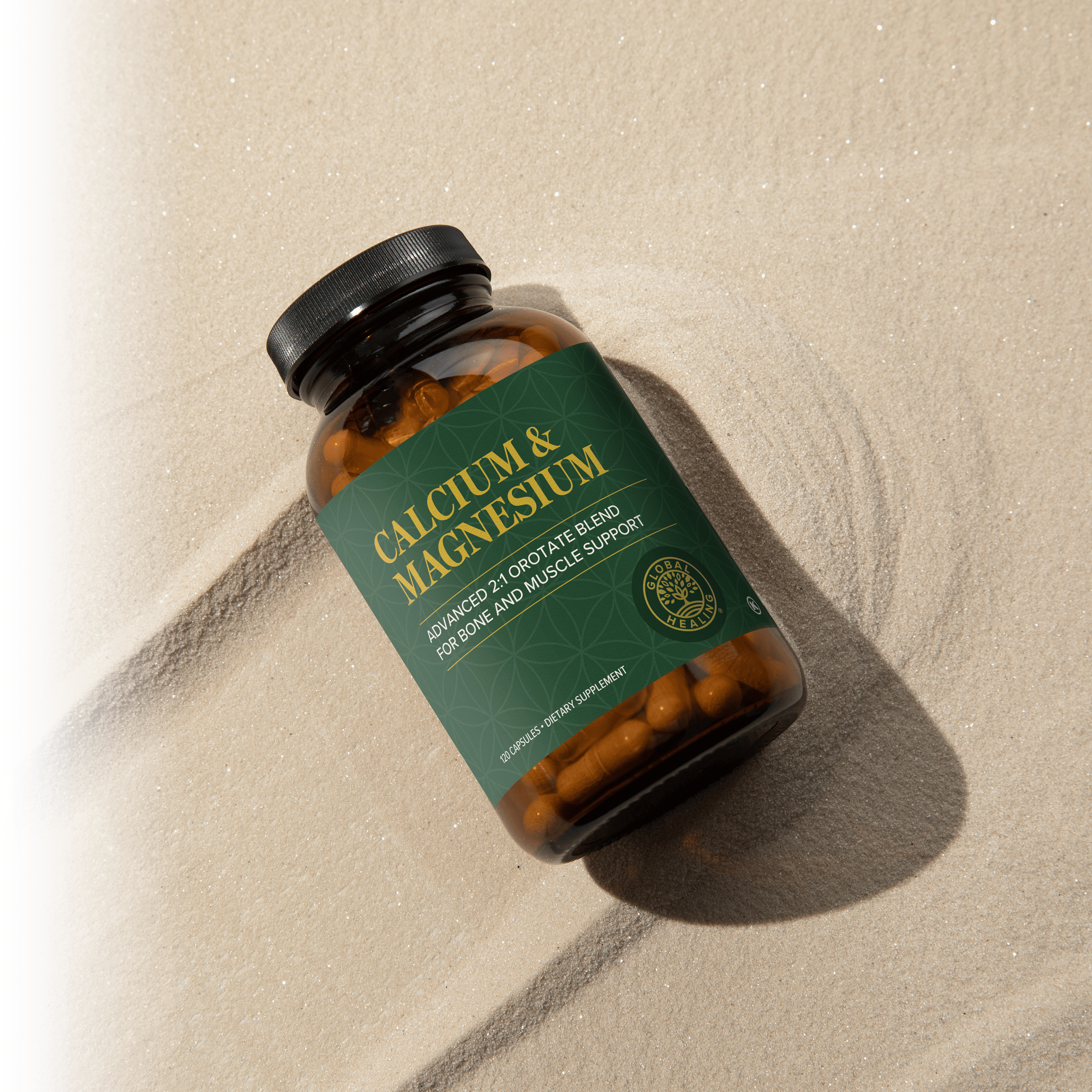
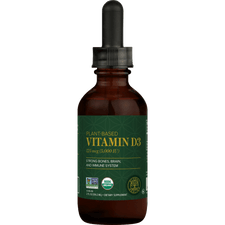
Strong Bones, Brain, and Immune System
Vitamin D3 is a plant-based formula that’s perfect for everyone to meet their daily vitamin D requirements. Our formula gives your body 5,000 IU per serving.
$19.95
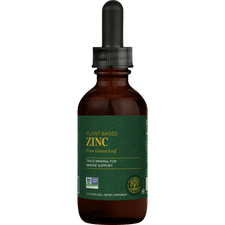
The Essential Immunity Mineral
Zinc is a powerhouse for your immune system! This certified organic, liquid formula contains zinc derived from guava leaves, enhanced with Ormus Supercharged Minerals for increased bioavailability.
$24.95
Frequently Asked Questions
I have heard that you shouldn't take calcium supplements because they are poorly absorbed and can build up in other areas of the body where you don't want them. Is this true for this product?
Most calcium supplements are poorly absorbed. As a result, calcium can build up in areas in the body other than the bones. Fortunately, we are aware of this. Global Healing’s Calcium & Magnesium contains a highly absorbable form of Calcium and Magnesium Orotate, which is very different that the average calcium supplement. This formula is in a 2:1 calcium-to-magnesium ratio to increase absorption. Calcium orotate has a high bioavailability and is delivered in smaller amounts to ensure you get where it is needed, to the bone. We generally recommend taking Calcium & Magnesium several hours (about 2-3 hours) away from Iron and Zinc to ensure maximum absorption.
How much do I need to take?
Overall, you'll achieve the best results by consuming two capsules of Calcium & Magnesium three times daily. It's safe to take more than the recommended amount. However, since everyone is different, please consider checking with your healthcare provider to determine an appropriate serving size for your needs.
Is this product safe for children to take?
While calcium is generally considered safe, this product is mainly intended for adults, we do not have a recommended serving for children. Please consider checking with your healthcare provider to determine an appropriate serving size for your child's needs.
Can I take this with other supplements at the same time?
Calcium can affect how your body absorbs iron and zinc. It is a good idea to take your calcium supplements at a different time from your multivitamin, and away from iron supplements or an iron-rich meal.
After taking Calcium & Magnesium, how long should I wait before eating?
We suggest taking your serving 20-30 minutes before eating or two hours after a meal for the best results. If you have a sensitive stomach, you can take Calcium and Magnesium with food.
Why doesn't this supplement have vitamin d3 in it?
Most companies add D3 for absorption purposes, and usually, these are inferior forms of Calcium that are poorly utilized by the body. In comparison, Global Healing’s calcium is bonded to orotic acid (orotate), making it highly absorbable and bioavailable.
Because everyone's needs are different, for those that need to target D3, we do offer this product as well: https://globalhealing.com/products/vitamin-d
